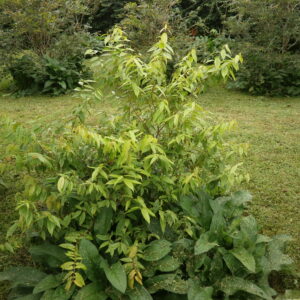
Dragon´s Fruit, Red
₡2,550.00
Scientific name: Hylocereus costaricensis
Family:
Origin:
Medicinal use:
29 in stock
Related products
-
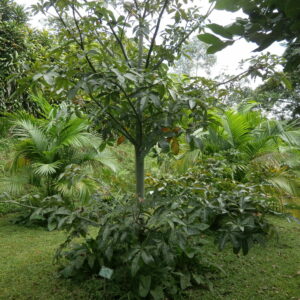
Chestnut, Malabar
Fruit orchard ₡3,750.00 Add to cart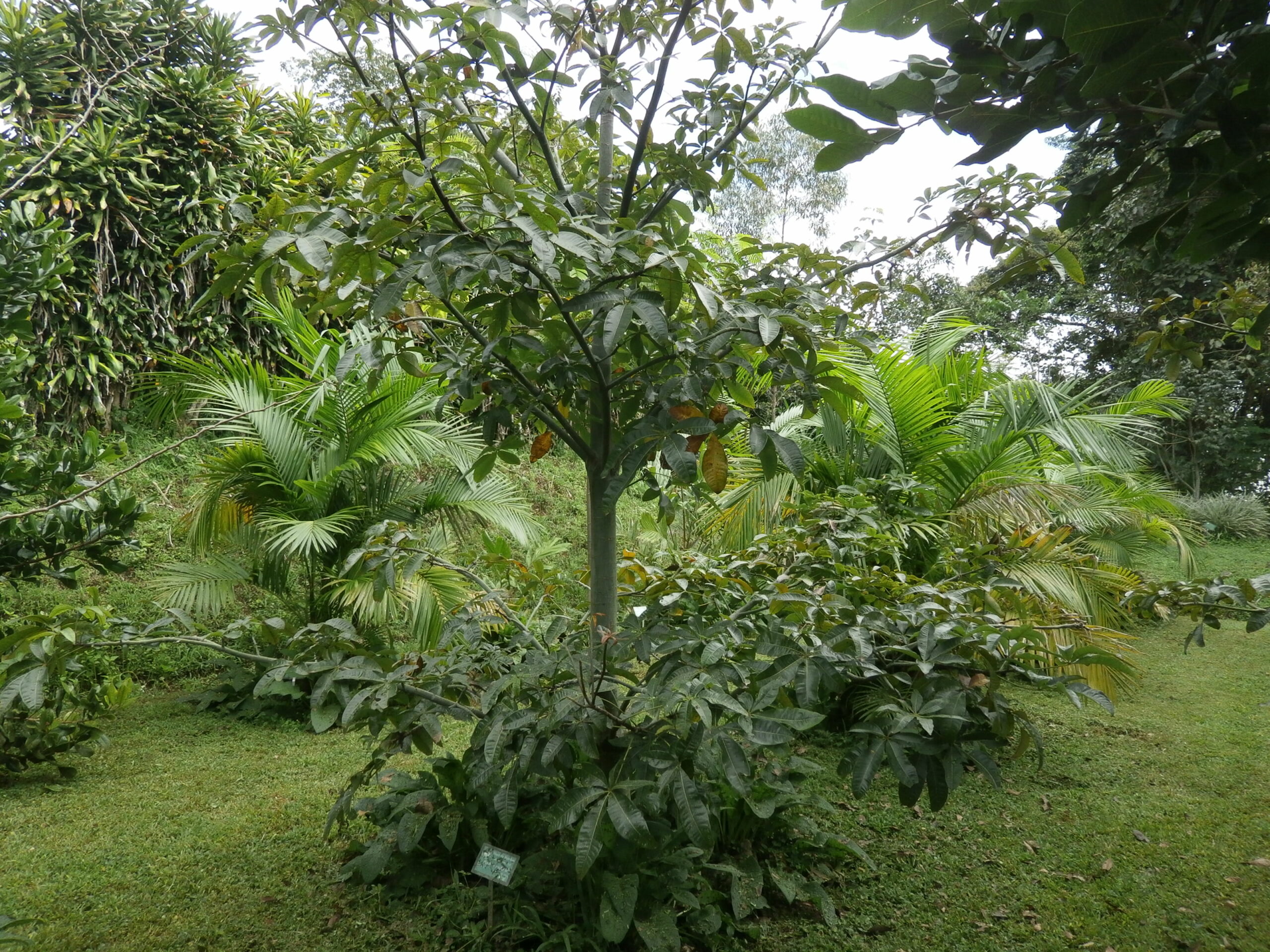
Chestnut, Malabar
₡3,750.00
SKU: 1435 Category: Fruit orchardScientific name: Pachira insignis
Family: Malvaceae
Origin: Tropical America
Medicinal use: Pachira insignis is an arboreal species of humid tropical soils. In addition to their ornamental use, the leaves, roots, and flowers of malabar nuts are used for medicinal purposes. The chemical constituents in this are alkaloids vasicin, vasicinone, vasicinol, maiontone, and ketone essential oil.
72 in stock
-
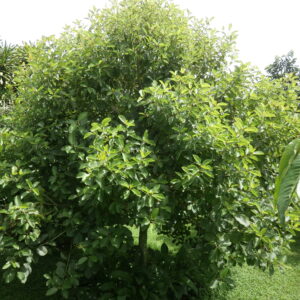
Mangosteen, Lemon drop
Fruit orchard ₡2,550.00 Add to cart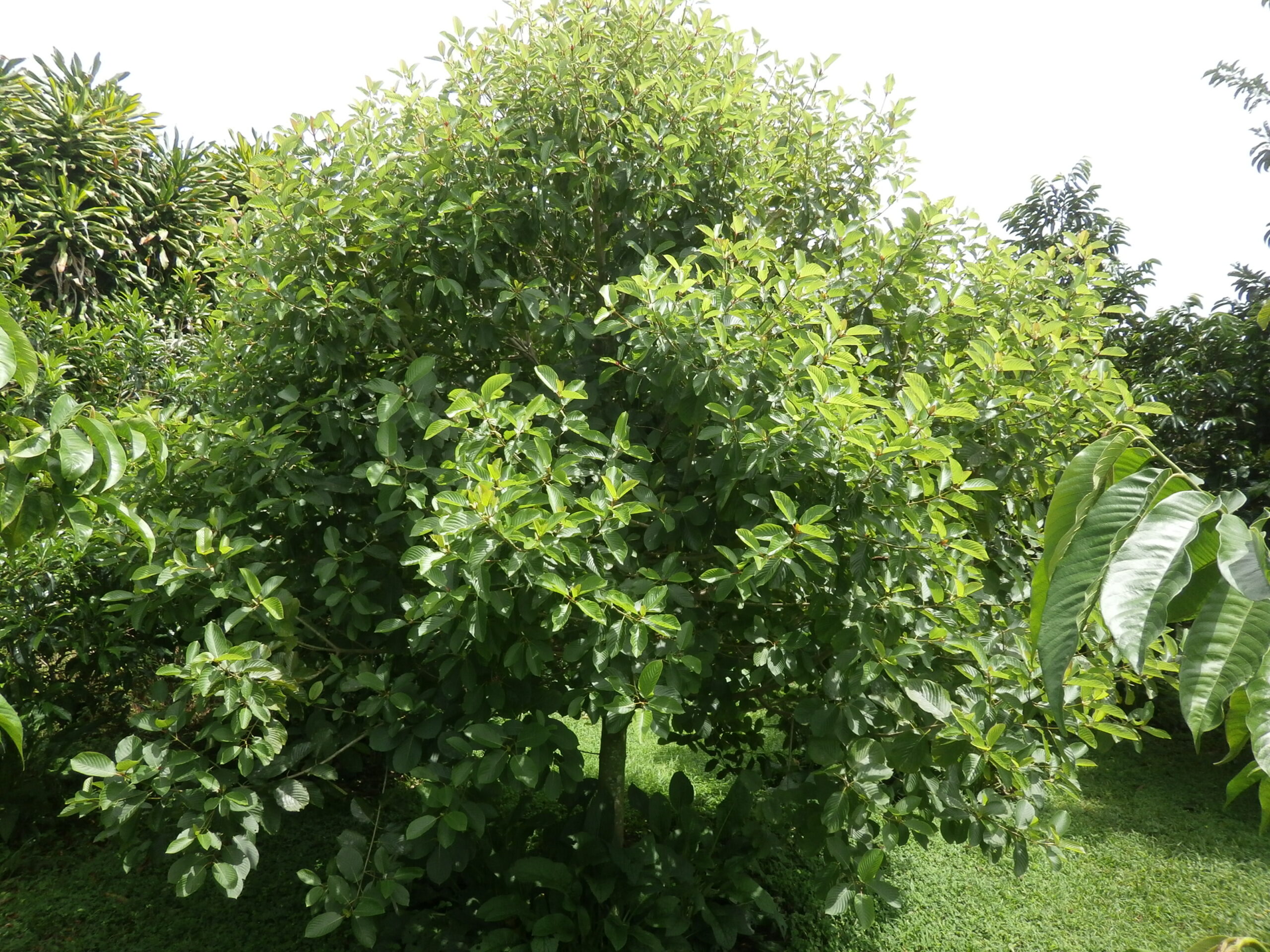
Mangosteen, Lemon drop
₡2,550.00
SKU: 1105 Category: Fruit orchardScientific name: Garcinia intermedia
Family: Clusiaceae
Origin: Mexico and C America
Medicinal use: The jorco (Garcinia intermedia) is an evergreen tree of the Clusiaceae family of edible fruits. They are also called mameyillo. The fruit is a spheroid capsule that measures between 2 to 5 cm long and up to 6 cm in diameter. The scarce pulp or edible part has an acid taste, said fruit is eaten ripe or raw.
24 in stock
-
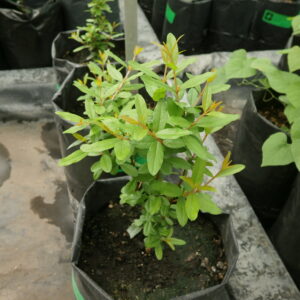
Pomegranate
Fruit orchard ₡2,550.00 Add to cart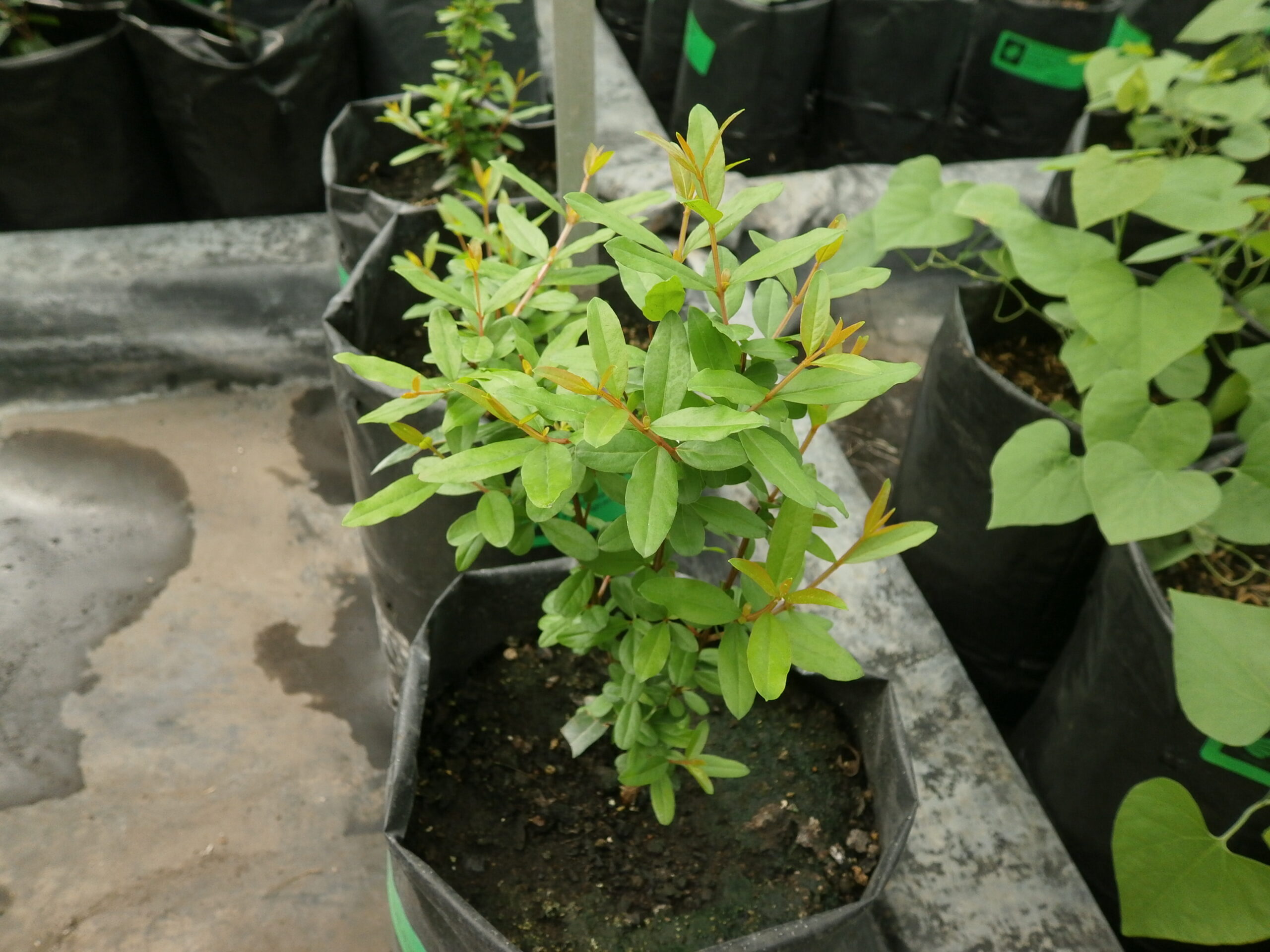
Pomegranate
₡2,550.00
SKU: 0876 Category: Fruit orchardScientific name: Punica granatum
Family: Lythraceae
Origin: Iran and India
Medicinal use: The pomegranate (Punica granatum) is a small deciduous fruit tree of the Lythraceae family, whose fruit is the pomegranate. The fruit is in a 5-12 cm balausta, spherical, leathery, reddish or reddish-yellow. Although the species is not native to Japan, it is widely cultivated in this country. Pomegranate juice is used as a natural dye in factories for non-synthetic products. The fruit is eaten fresh, grain by grain, removing the rind and bitter flakes.
90 in stock
-
Out of Stock

Palm, Acai
Fruit orchard ₡6,300.00 Read more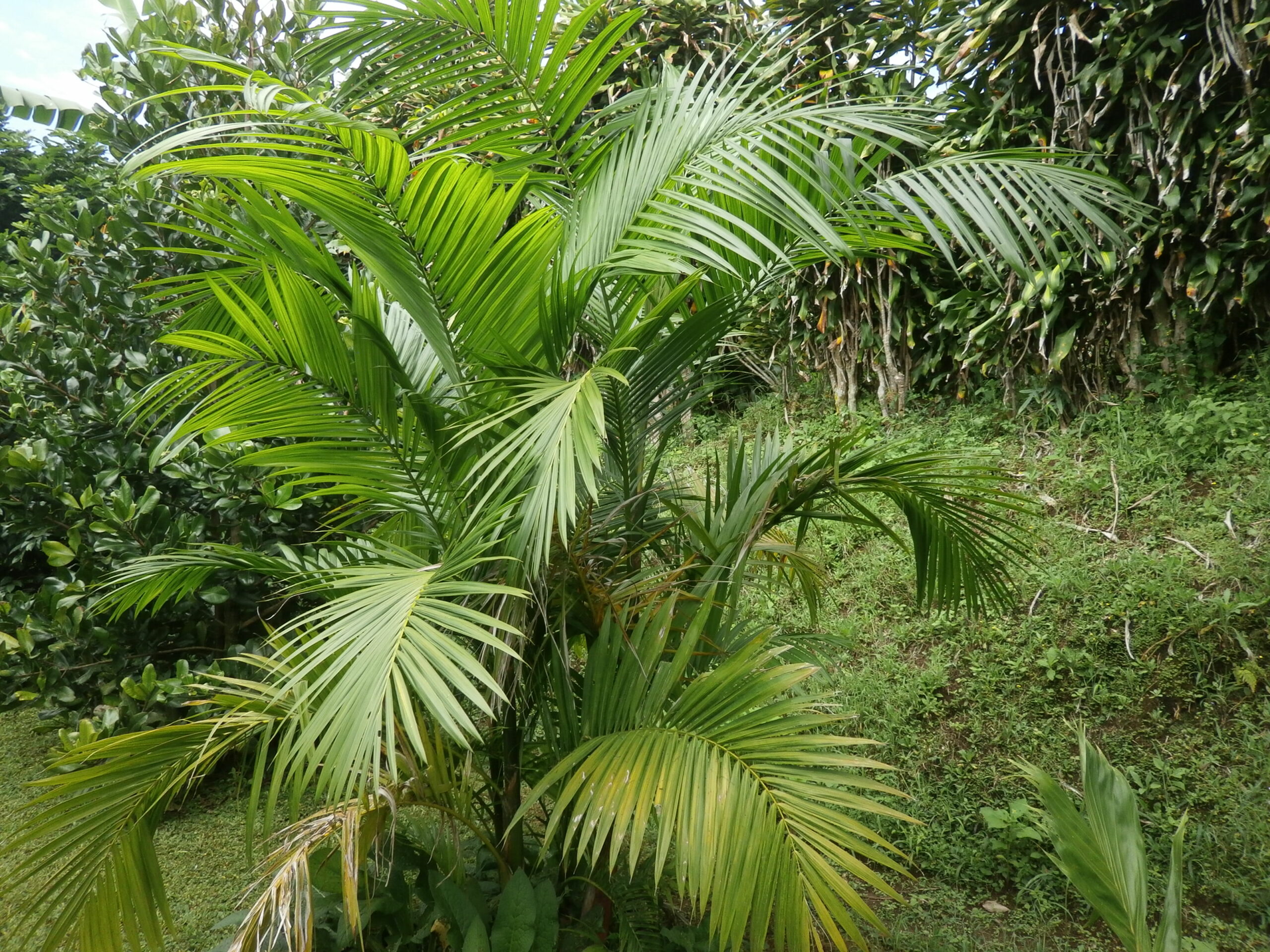
Palm, Acai
₡6,300.00
SKU: 1520 Category: Fruit orchardScientific name: Euterpe oleracea
Family: Arecaceae
Origin: S America
Medicinal use: The date palm appreciated for the nutritional properties of its fruit. Its consumption dates from pre-Columbian times and it is a very important food in the Amazonian diet. The fruit of this palm tree is edible and is consumed in the form of drinks, sweets, and ice cream. For every 100 g, the pulp of the fruit contains 8.1 g of protein; 52.2 g of carbohydrates (including 44.2 g of fiber).
Out of stock

